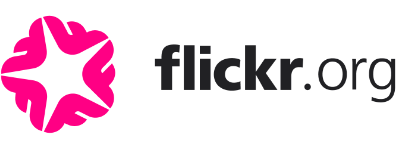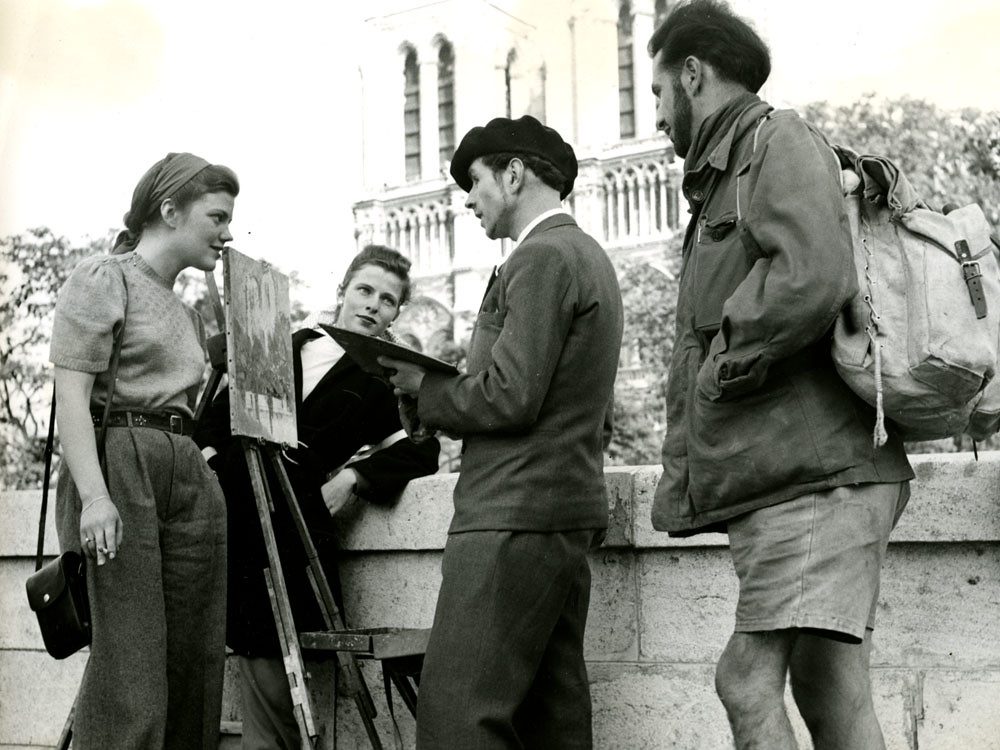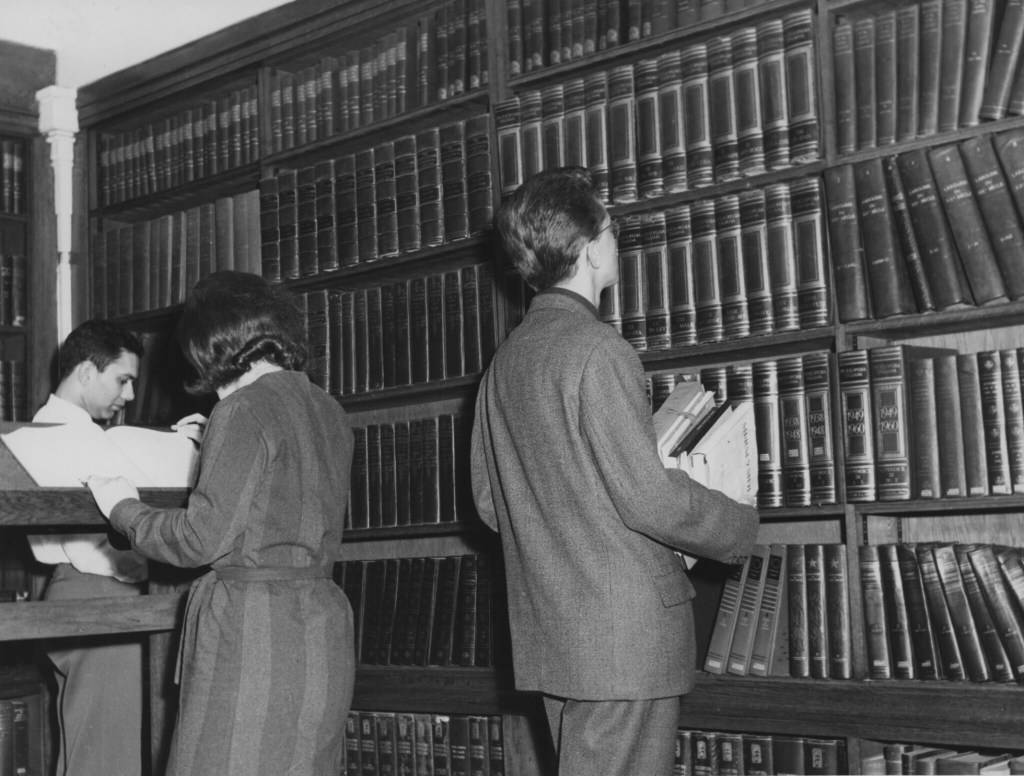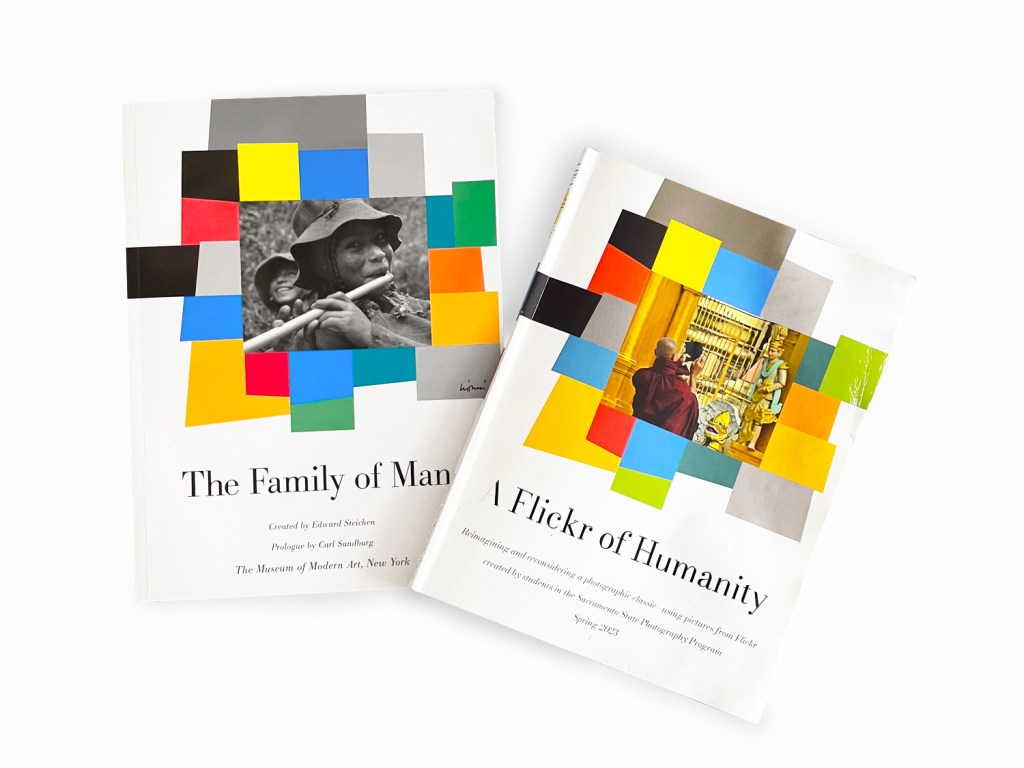
Preface
In the first week of starting our summer placement at Flickr Foundation, Maya and I were tasked with an exciting project of working on A Flickr of Humanity. The original A Flickr of Humanity publication was created as part of a class exercise by students in California State University, Sacramento, supervised by Nick Shepard, assistant professor for photography. Inspired by the MoMA Family of Man exhibition, 5 groups of students were tasked with curating a selection of photos using Flickr representing the following themes: COVID-19, Love, Embers and Ashes, Women, and Spectrum. Once we showed Ben MacAskill, President & COO of Flickr, a copy of the publication, he loved it so much he asked us to arrange 250 copies for the upcoming Tugboat Institute summit where he was due to present the Flickr Foundation (amongst other things). Yay!
But, before sending the publication to the printers, we had to check the licensing of every image to make sure the publication wasn’t violating any copyrights. It’s important to the Flickr Foundation to do the best we can to present licenses and licensed work as correctly as we can.
That’s when we embarked on the crazy journey with Nick and George to create A Flickr of Humanity Version 2! We had a week to identify copyright restrictions and sources of 212 images and to replace roughly ⅕ of images missing the source or having licensing issues.
Day 1: Finding image source information
After creating an image index spreadsheet with Nick’s help, we began proofreading the list of photographer’s names and locating the image’s URL on Flickr . This involved a lot of scrolling down photo feeds and spotting images. Using the metadata of the photos in Flickr, we also logged the Creative Commons (CC) license information in the spreadsheet to make sure that we could use all photos for the final V2 publication. We worked closely with Nick throughout the project, despite the 8-hour time difference.
To make it easier to visualise the full publication, we photocopied the spreads from the publication and laid them out on the office floor. This came in especially handy for tagging images that needed to be replaced or writing down editorial notes.
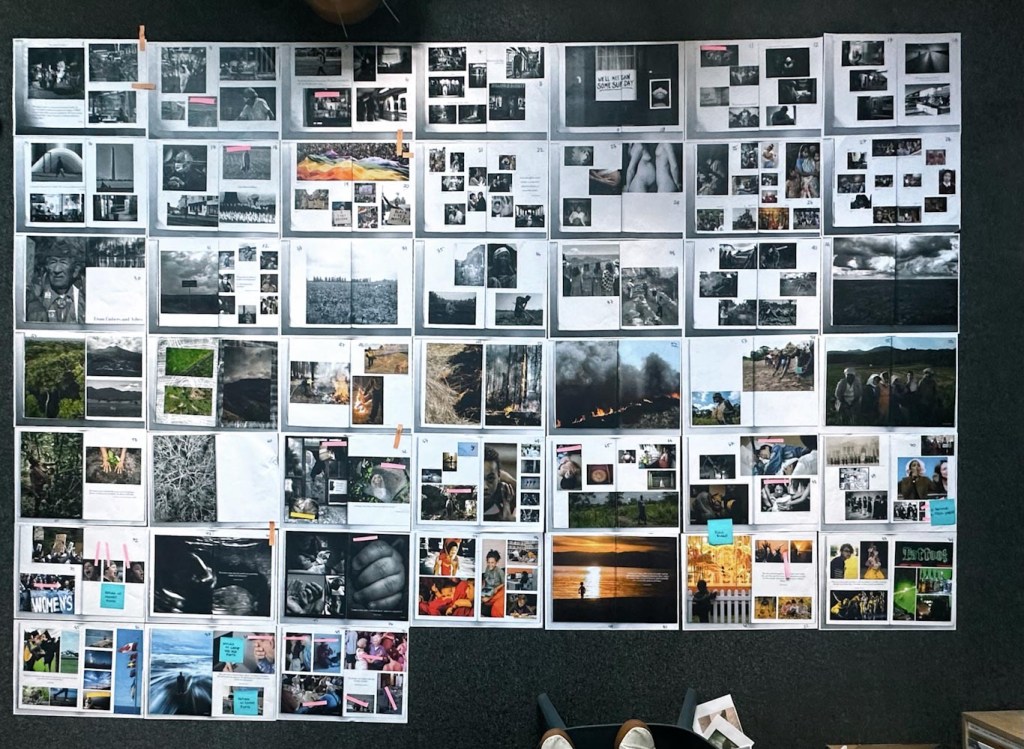
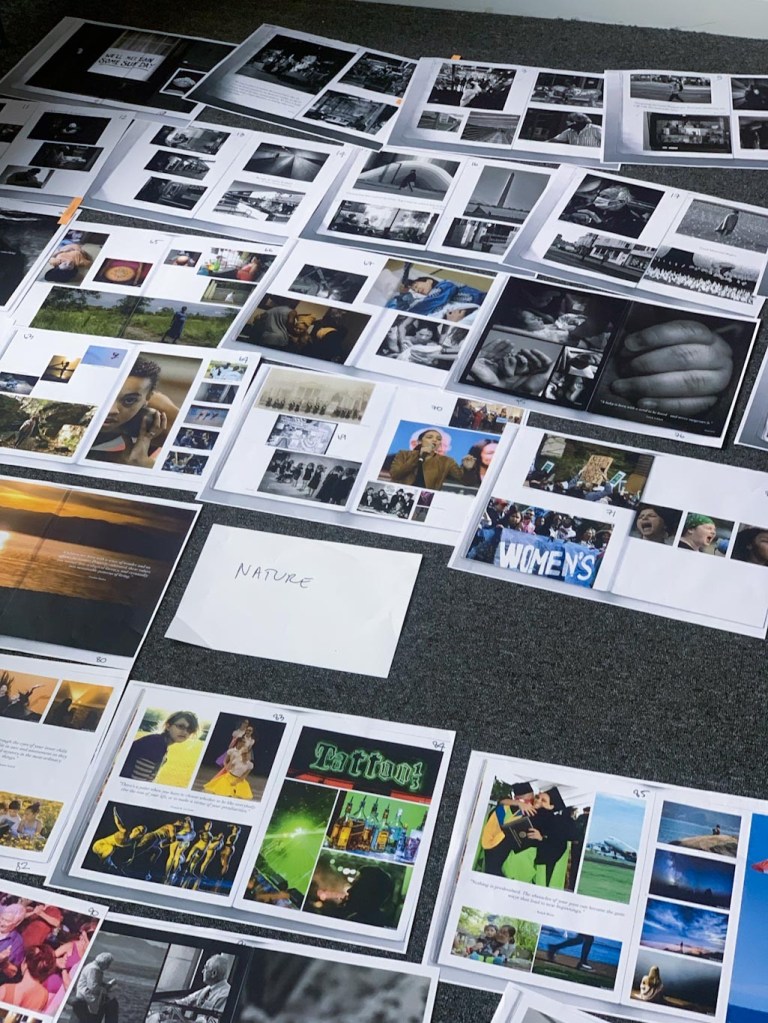
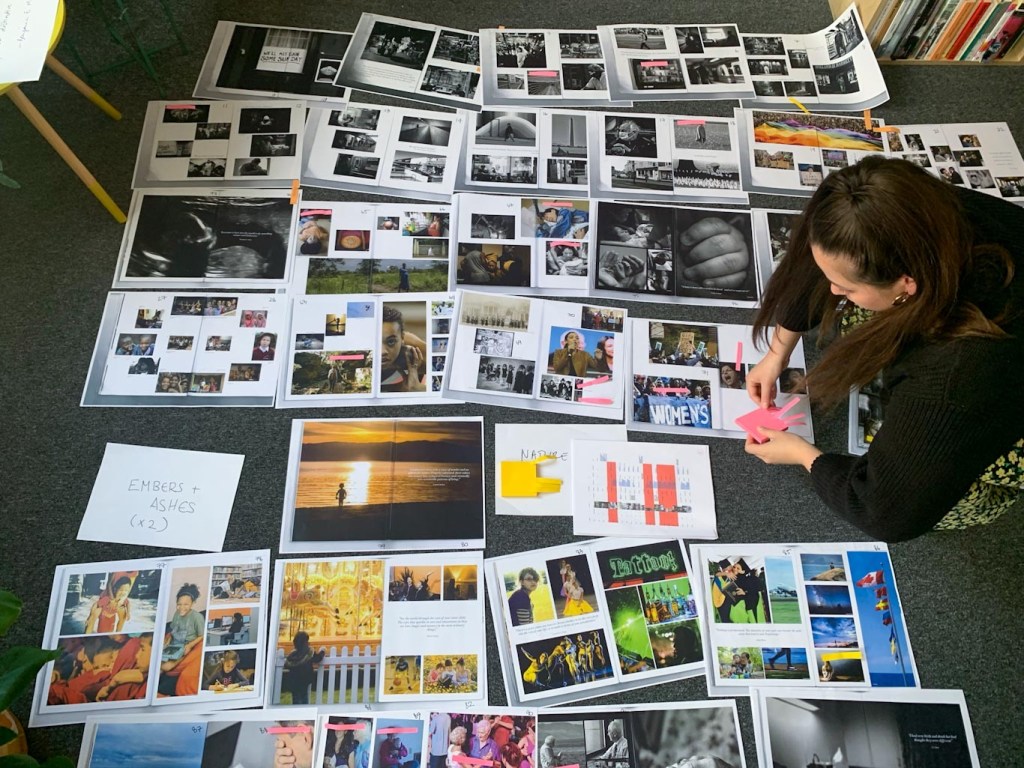
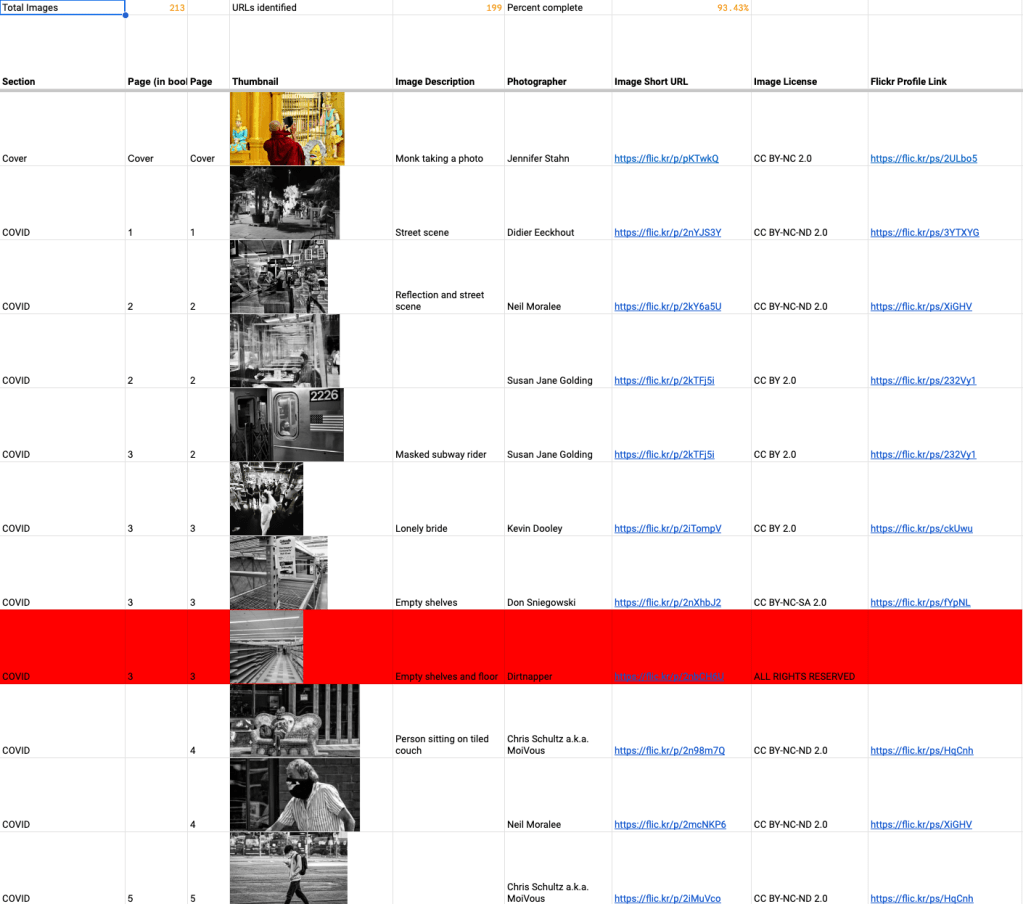
Day 2: Finishing the initial image index
When we checked the spreadsheet in the morning, we were left with a pleasant surprise: Nick had completed almost half of the missing image sources, including those that we were unable to find during the first day! Feeling optimistic, we continued our work of completing the initial image index.
*As can be seen in the image on the right, rows that are highlighted in red signify photos that have all rights reserved.
Day 3: Replacing images and creating new sections
Now that we had finally come to the finished index containing information on 200+ images, we realised the majority of copyrighted photos came from the Embers and Ashes section. This meant most of those photos needed replacements.
We took the opportunity to create a new version of the section focusing on California’s nature and wildfires, and continued to replace images in other sections.
Day 4: New index creation and wrapping up!
To finish up, we created a new index with the updated page numbers and order of photos and continued to swap out any copyrighted photos. Once we were finished, Nick kindly wrapped up the final details of the index and took charge of printing the copies in the U.S.
Take a look at our A Flickr of Humanity project page to read more about the original inspirations of the publication and the Foundation’s future vision to expand Flickr as a curation tool.
Many thanks to Nick Shepard and George Oates for helping us throughout the process and the students of California State University, Sacramento for their amazing work on Version 1.
Maya Osaka
I am a second year BA Design student studying at Goldsmiths, University of London with the honour of being one of the first design interns at Flickr Foundation! Check out my work at mayaosaka.com!
Juwon Jung
I’m an interactive designer specializing in creating digital products with emerging technologies. To learn more, visit juwonjung.cargo.site 🙂
